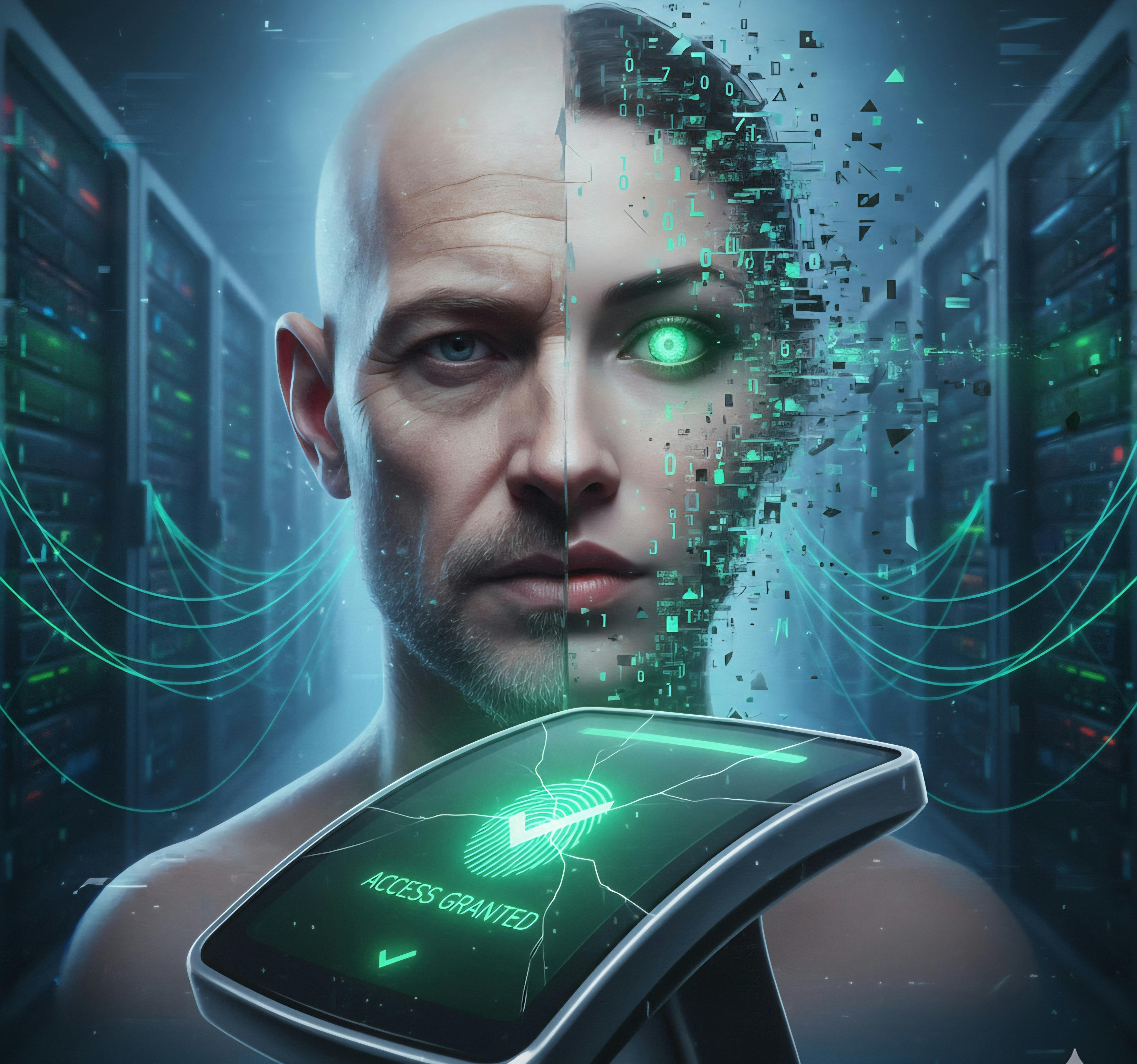As deepfake technology evolves, outdated security measures face a growing threat to identity verification. Together, generative AI and legacy access controls present a dangerous mismatch that demands urgent cybersecurity attention.
The Deepfake Identity Crisis: How GenAI-Powered Deepfakes Are Breaking Legacy Access Control.

Key Takeaways:
- Deepfake technology is an immediate threat to identity checks
- Legacy access methods struggle against advanced generative AI
- Cybersecurity strategies need urgent modernization
- Heightened public awareness is critical in detecting deepfakes
- The crisis demands swift, coordinated action
The Growing Crisis
“The deepfake identity crisis is not an abstract problem for the future; it is a pressing issue that demands attention now.” For any organization reliant on legacy access control—from banks to tech firms—this statement rings alarmingly true. Today’s advanced deepfake technology harnesses generative AI to replicate voices, faces, and personal details with near-seamless accuracy, exposing profound weaknesses in older verification systems.
Why Legacy Access Control Is Vulnerable
Traditional security methods, often reliant on physical or biometric markers, have largely remained static. These systems were developed before the era of hyper-realistic digital impersonations. As deepfake algorithms continue to improve, legacy protocols that once seemed robust now risk being swiftly outmaneuvered.
Role of Generative AI in Cyber Deception
Generative AI tools are increasingly accessible, enabling malicious actors to create highly convincing video and audio. With the barriers to entry lowered, it becomes easier for criminals to impersonate individuals, bypass security checks, and ultimately breach sensitive data.
Implications and Urgency
As the technology behind deepfakes evolves, the urgency to address these vulnerabilities grows. If legacy methods are left unexamined, potential fallout includes reputational damage, financial loss, and an erosion of public trust in identity verification systems.
Looking Ahead
Cybersecurity experts caution that ignoring this challenge is no longer an option. Moving forward will require a combination of upgraded technology, heightened public awareness, and collaborative efforts across industries. Addressing deepfake threats today could make the difference between safe, robust systems and security measures that struggle to keep pace in an era of rapid AI innovation.











